Cheddar Gorge and The Mendips AONB: The landscape that inspired ancient cave painters, William Blake and a thousand magnificent photographs
Local legend has it that Jesus Christ himself once walked the green hills of the Mendips — and while that tale pushes fantasy too far, this beautiful spot has been inspiring Mankind for 10,000 years.
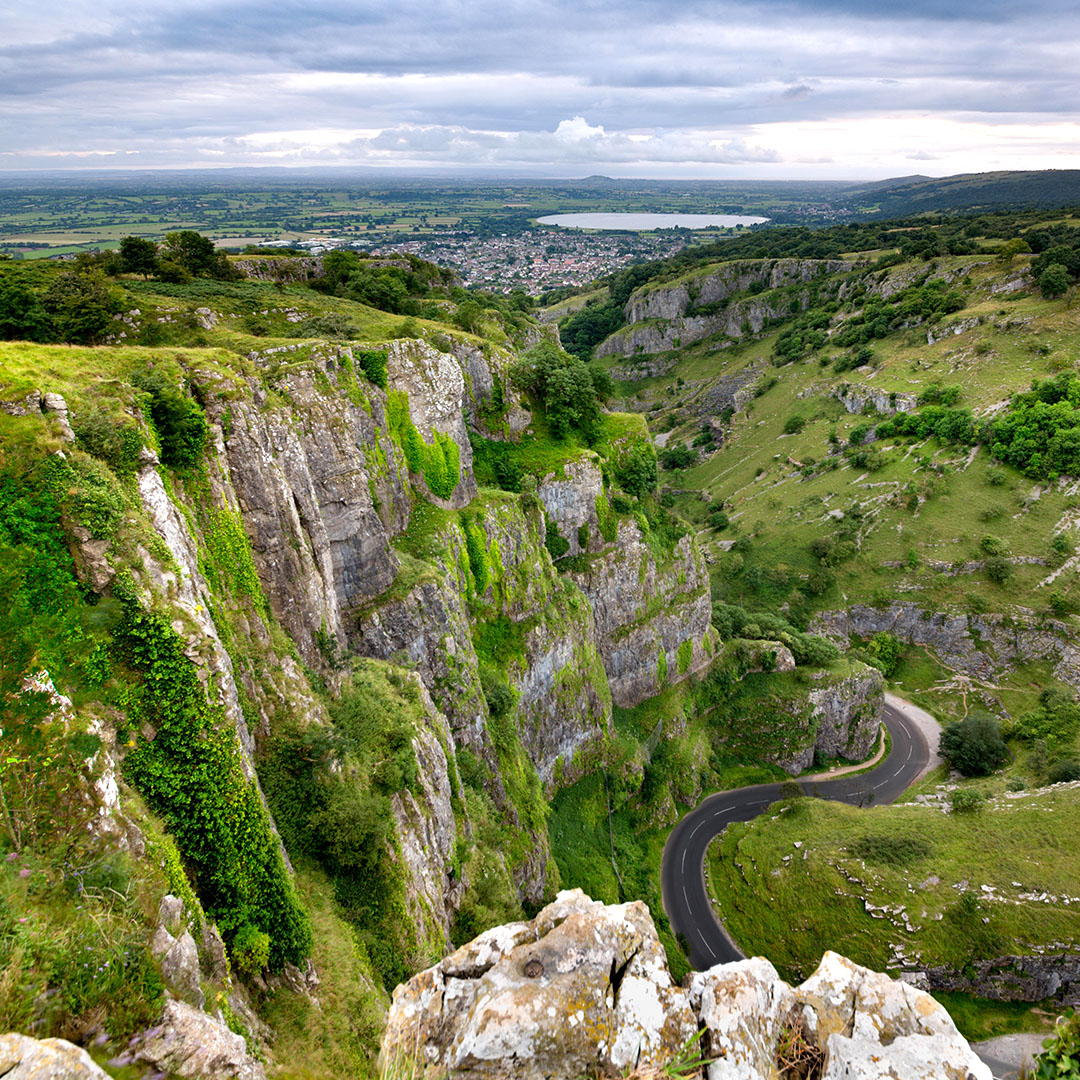

‘There is a quality in the Somersetshire landscape which gives it a unity in spite of all its variety,’ wrote Edmund Barber in Country Life back in December 1931, describing ‘a checkerboard effect, full of play of light and colour’ and ‘a thousand points of vantage on any of the Somerset hills’. This is a county in which the wild moors and cliffs of Exmoor sweep eastward into the wind-lashed, misty fields of the Brendon Hills, where the warmer Quantock Hills subside into the quivering, rhyne-riven Somerset Levels before the land rises magnificently up to the secretive Mendips.
This AONB is a landscape within a landscape: the limestone cliffs and thrilling caves of Cheddar Gorge below a grass-land plateau 1,000ft above the Bristol Channel, where bucolic, cattle-grazed pastureland split by stone walls, harbouring lakes and ancient barrows, stretches for some 22 miles. Look carefully and you’ll spot the county flower of Somerset, Cheddar pink (Dianthus gratianopolitanus). It was first recorded in 1696 in Cheddar Gorge, and is also known as firewitch. Today, the flower is a rare, protected species.
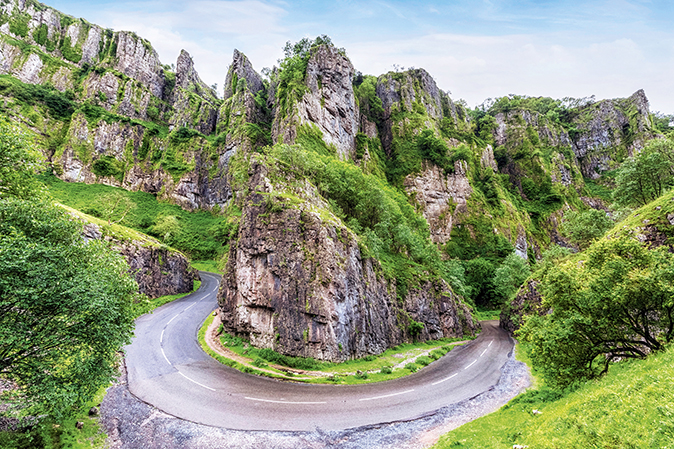
A local saying ‘as sure as our Lord walked in Priddy’ refers to the legend that Joseph of Arimathea, accompanied by a young Jesus of Nazareth, walked the Mendip Plateau and visited the ancient, isolated village of Priddy. No surprise, then, to hear that ‘England’s mountains green’ and the ‘pleasant pastures’ of William Blake’s Jerusalem are though to have been inspired by the Mendips. The Rev Augustus Toplady is said to have been similarly moved by the area, apparently writing the words for the hymn Rock of Ages after sheltering from a storm under the Burrington oolite crag in the Burrington Combe gorge.
Priddy itself is surrounded by Neolithic henges, old lead mines dating from Roman times and major cave systems — the largest, Swildon’s Hole, has more than five miles of passages. Aveline’s Hole, near the Rock of Ages, contains Britain’s earliest dated human cemetery and a rare example of cave art in the UK. The whole area has this sort of history: a skeleton discovered in Cheddar Gorge itself in 1903 is the earliest near-complete skeleton ever found in Britain at 10,000 years.
The area also has some more modern concerns to deal with. Since the 1970s, arguments have raged over the merits of a cable car to transport tourists from the bottom of Cheddar Gorge to the tantalising viewing spots above, but, so far, the conservationists have held firm and visitors must tackle the 274 steps of Jacob’s Ladder to gain their exhilarating reward. Plenty make the trip: this is one of the most-photographed spots in the country.

Best of British: 60 things that make Britain great
Our nation's greatest glories.
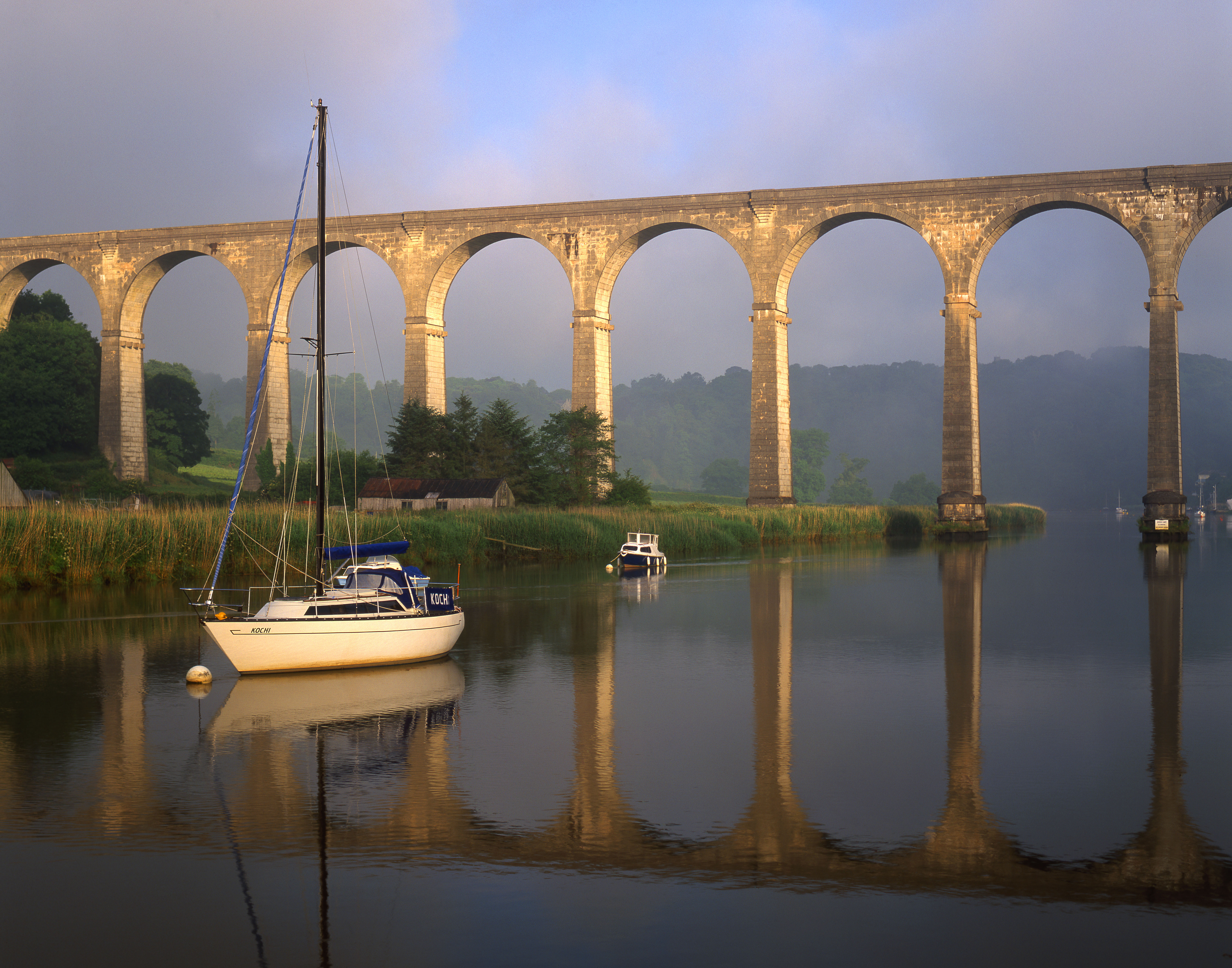
The Tamar Valley AONB: Mines, otters and the ghost of a 'black widow' who roams the moors in a carriage of bones
Kate Green focuses on the Tamar Valley AONB.
Exquisite houses, the beauty of Nature, and how to get the most from your life, straight to your inbox.
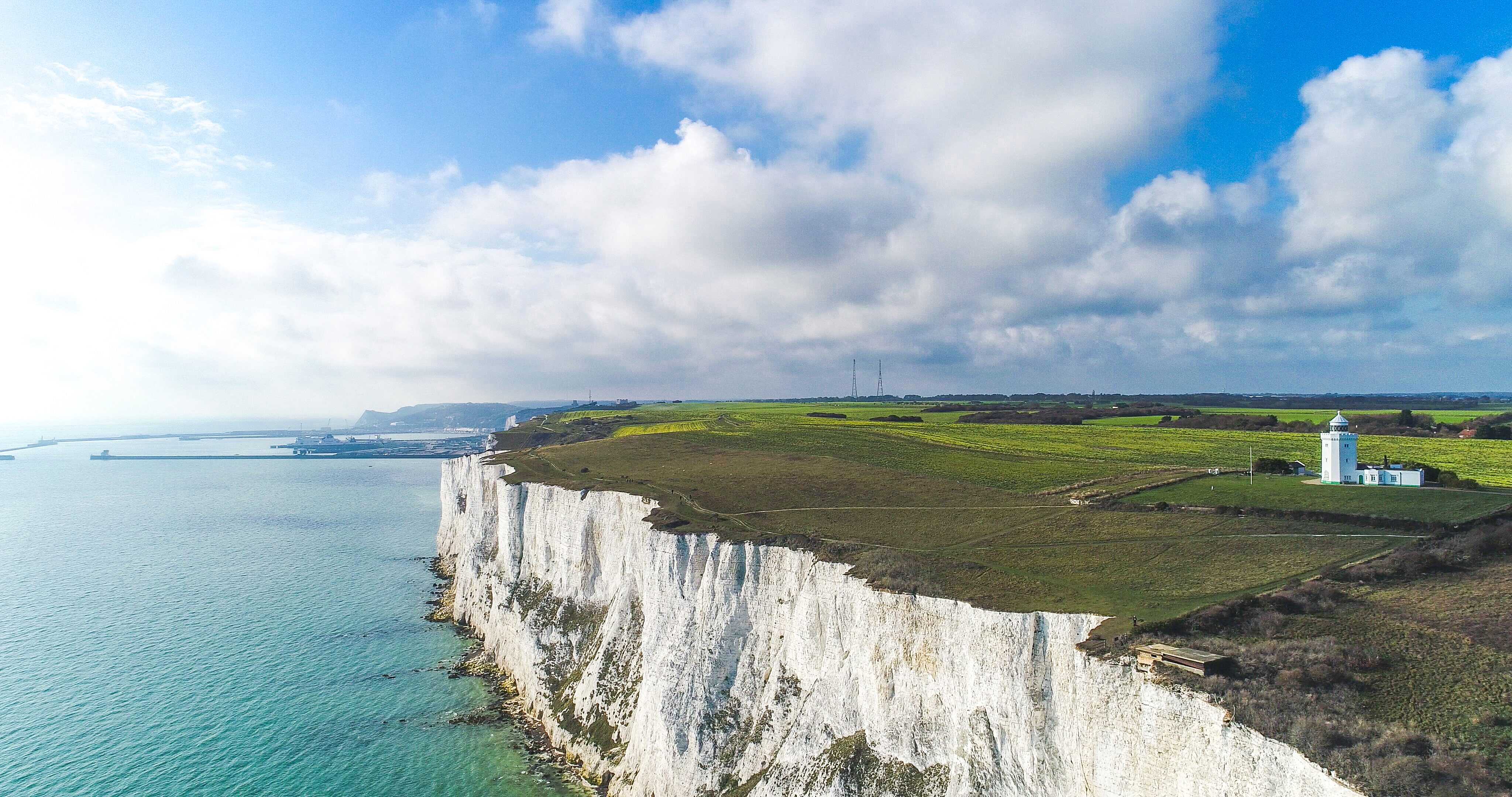
The Kent Downs AONB: One of Mother Nature's works of art, from the famous White Cliffs to the wildlife of the Garden of England
Victoria Marston takes a look at the magnificently beautiful Kent Downs AONB.

The Suffolk Coast AONB: A landscape shaped by Man and Nature, in peace and in power
James Fisher takes a look at the Suffolk Coast and Heaths AONB.
-
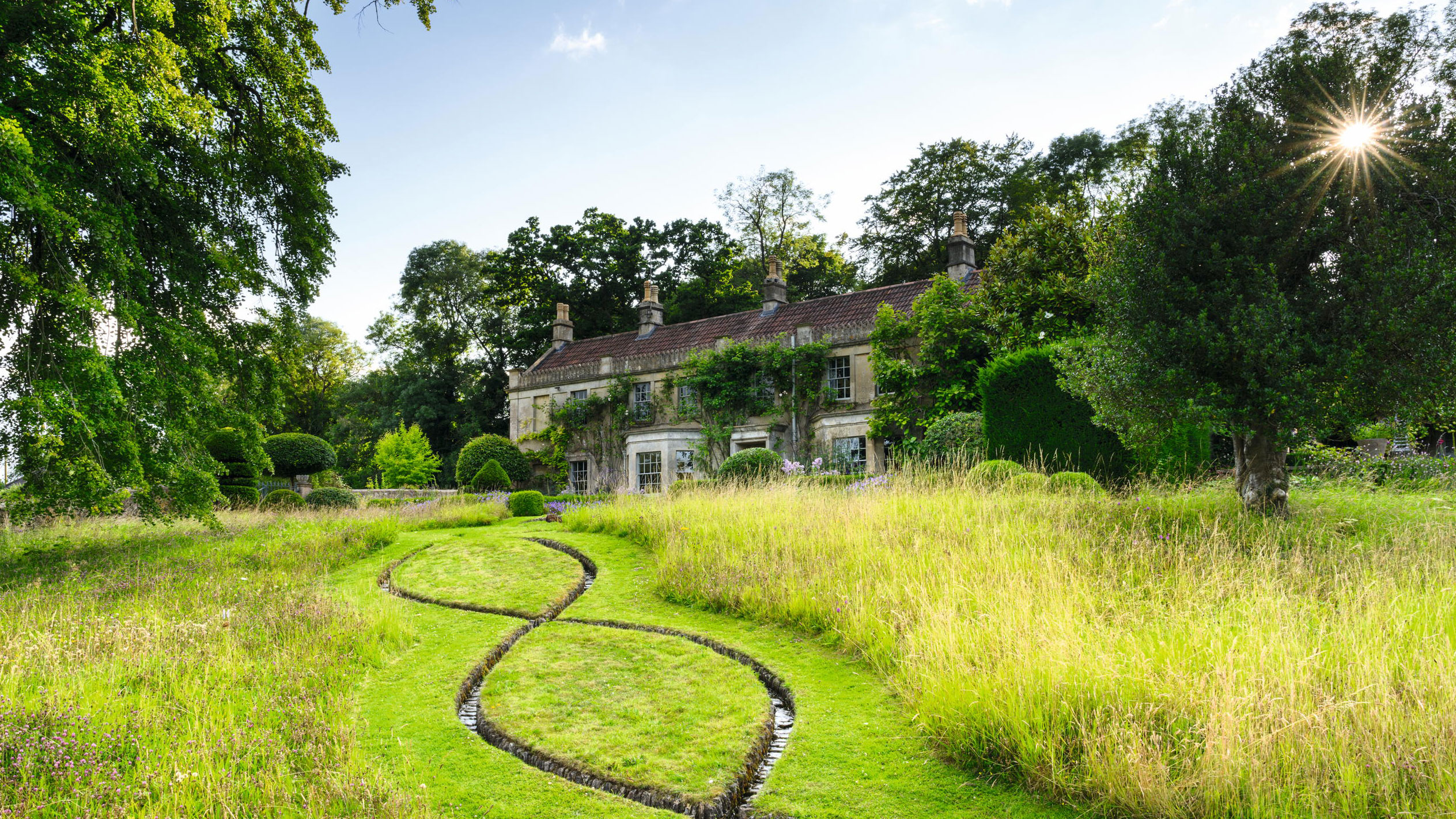 The Hollywood garden designers who turned their hand to a magical corner of Somerset
The Hollywood garden designers who turned their hand to a magical corner of SomersetCaisson House's fifteen abandoned locks were part of the draw for Amanda and Phil Honey, who have created this astonishing garden in the grounds of the former headquarters of the Somersetshire Coal Canal Company just outside Bath. Caroline Donald discovers more; photography by Jason Ingram.
-
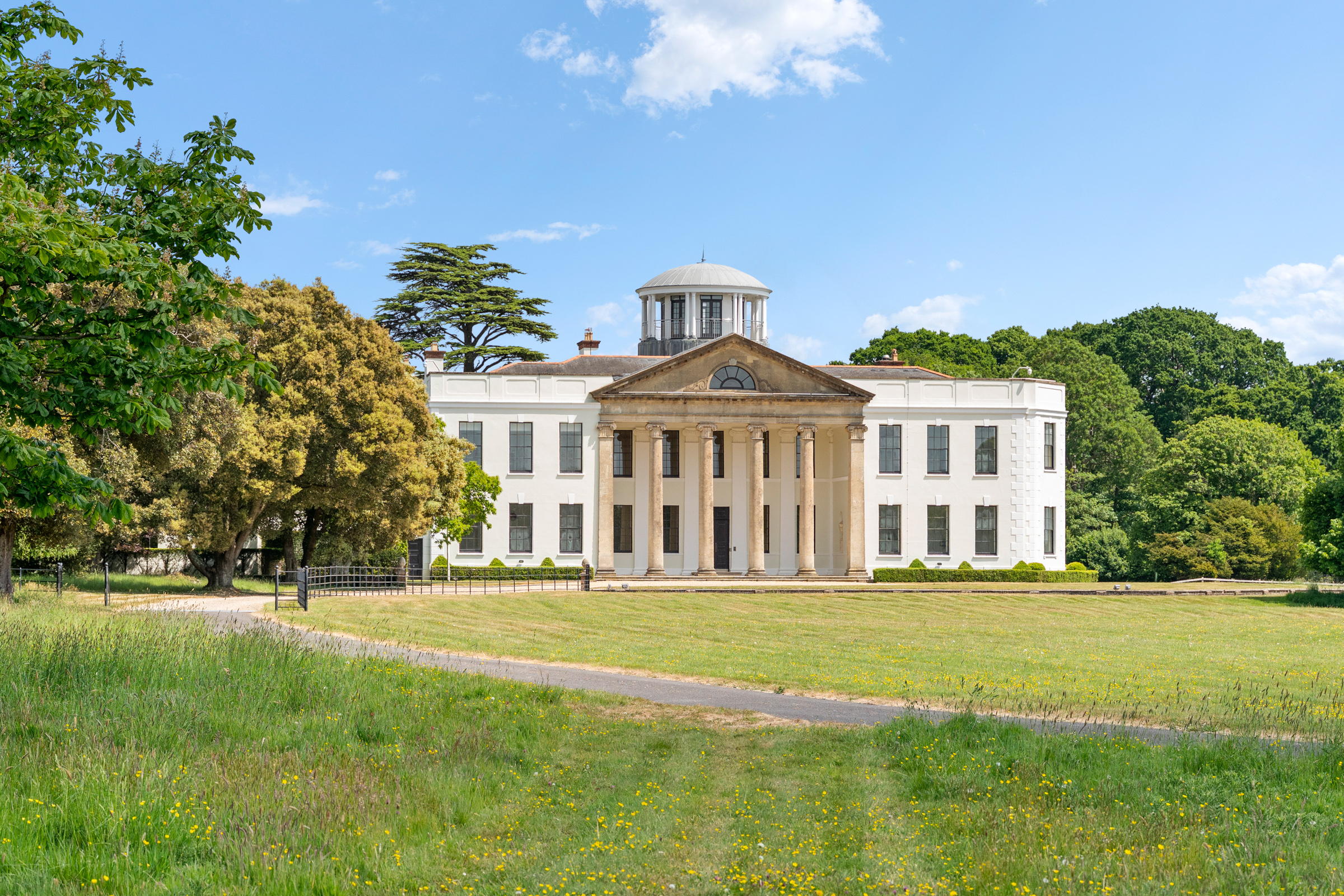 The majestic New Forest estate formerly owned by a billionaire adventurer — famous for driving 'the world's fastest kettle' — has come up for sale
The majestic New Forest estate formerly owned by a billionaire adventurer — famous for driving 'the world's fastest kettle' — has come up for saleGreat estates in the unspoilt setting of the New Forest are always a welcome sight on the market, and Newton Park is a wonderful example with a sad story to tell. Anna White tells more.
-
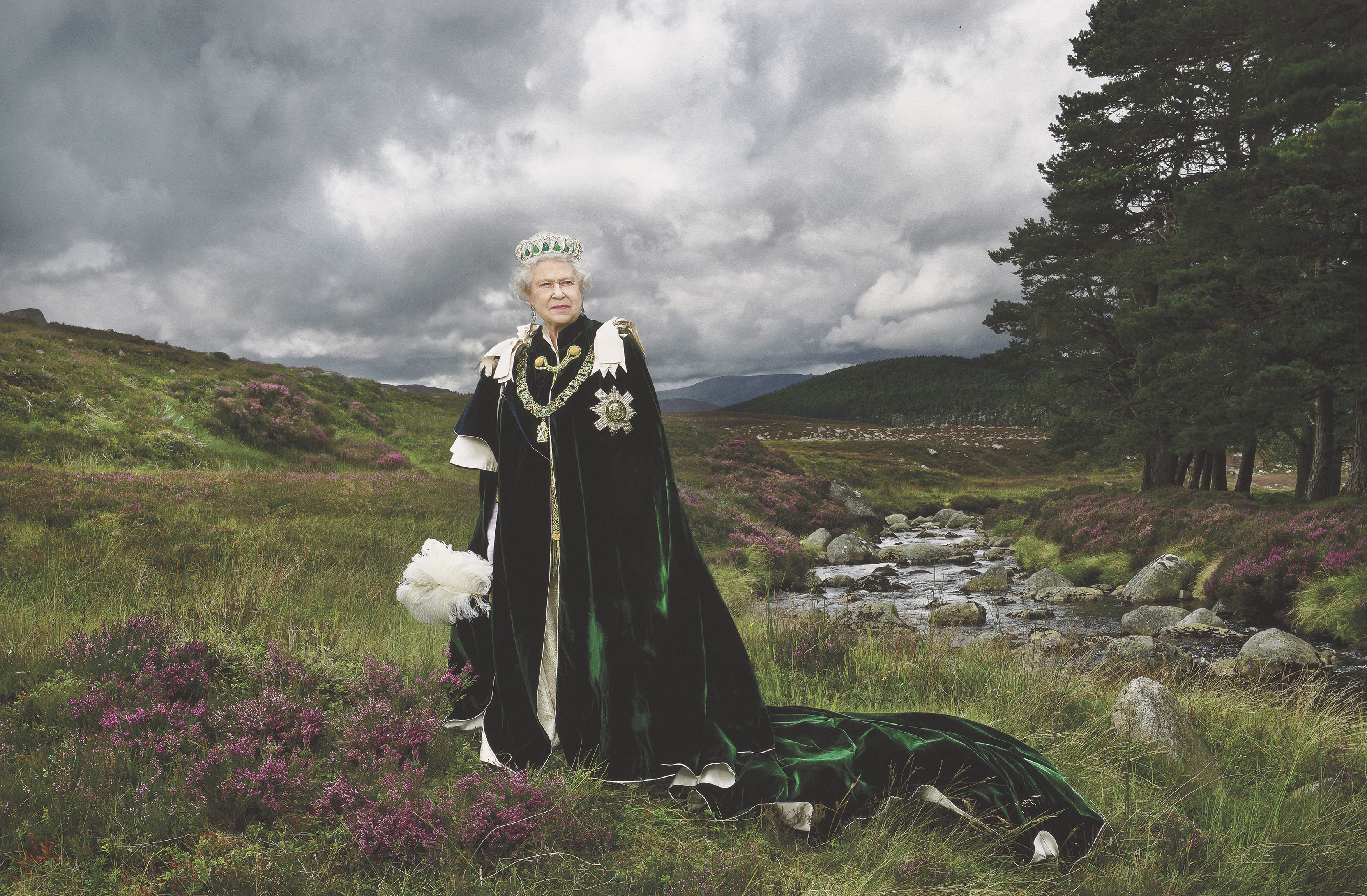 Dawn Chorus: The unseen Queen, the ultimate Highland train and the three-bedroom wreck for sale at £695k
Dawn Chorus: The unseen Queen, the ultimate Highland train and the three-bedroom wreck for sale at £695k -
 Dog photography: How to capture perfect pictures of your pooch
Dog photography: How to capture perfect pictures of your poochDog photography (or phodography) has risen in popularity in recent years, ever since our phones became able to capture beautiful shots of even the fastest whippet. Alexandra Fraser explains why she's determined to capture Wilf's life on film, and how she does this while still letting him be a puppy.
-
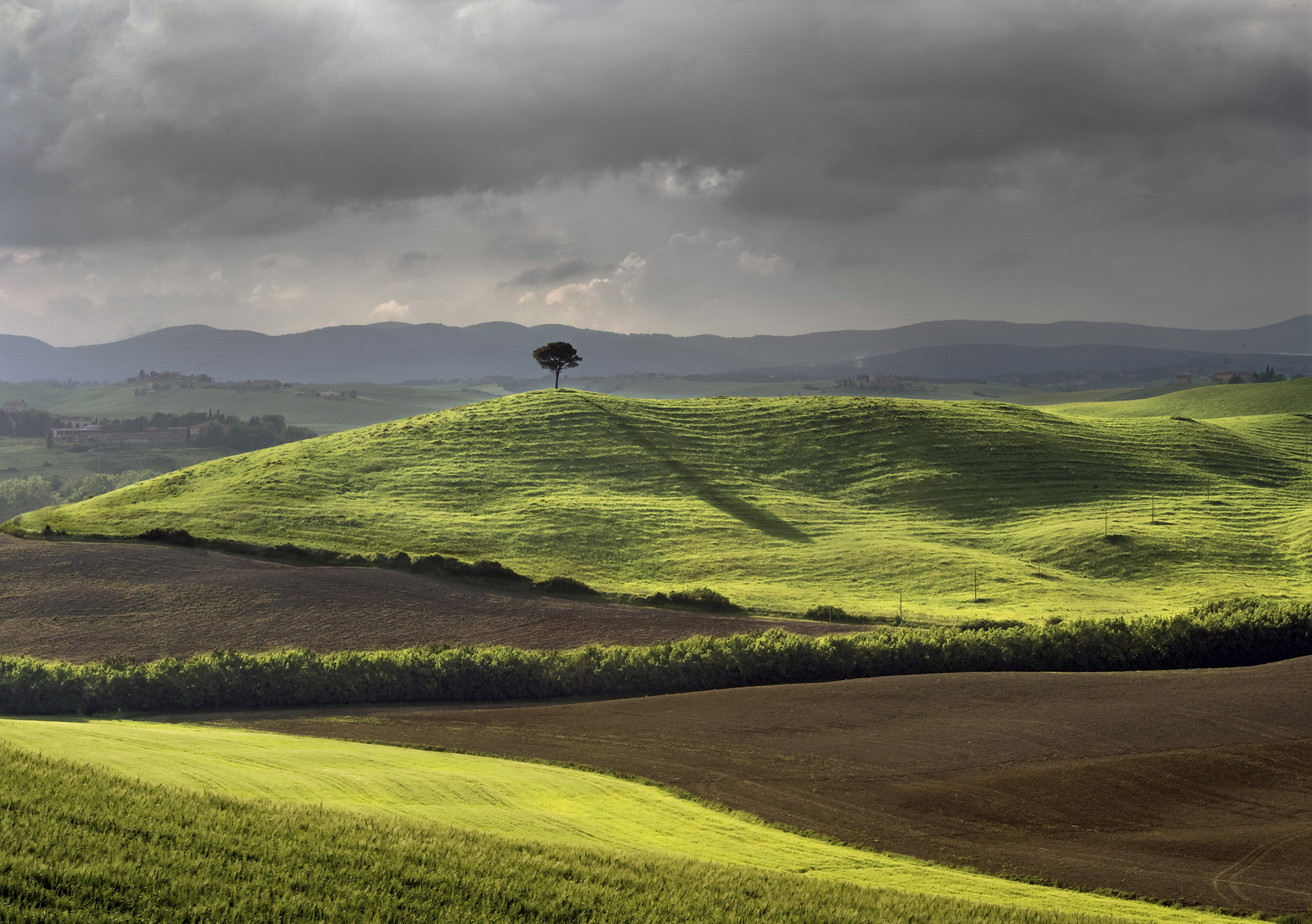 Charlie Waite: One of the world's best landscape photographers on how to take pictures, the unknowable beauty of Britain and why an iPhone can be good enough
Charlie Waite: One of the world's best landscape photographers on how to take pictures, the unknowable beauty of Britain and why an iPhone can be good enoughCharlie Waite — the British landscape photographer famous for his painterly approach — on how he produces such striking images and how amateurs might follow suit.
-
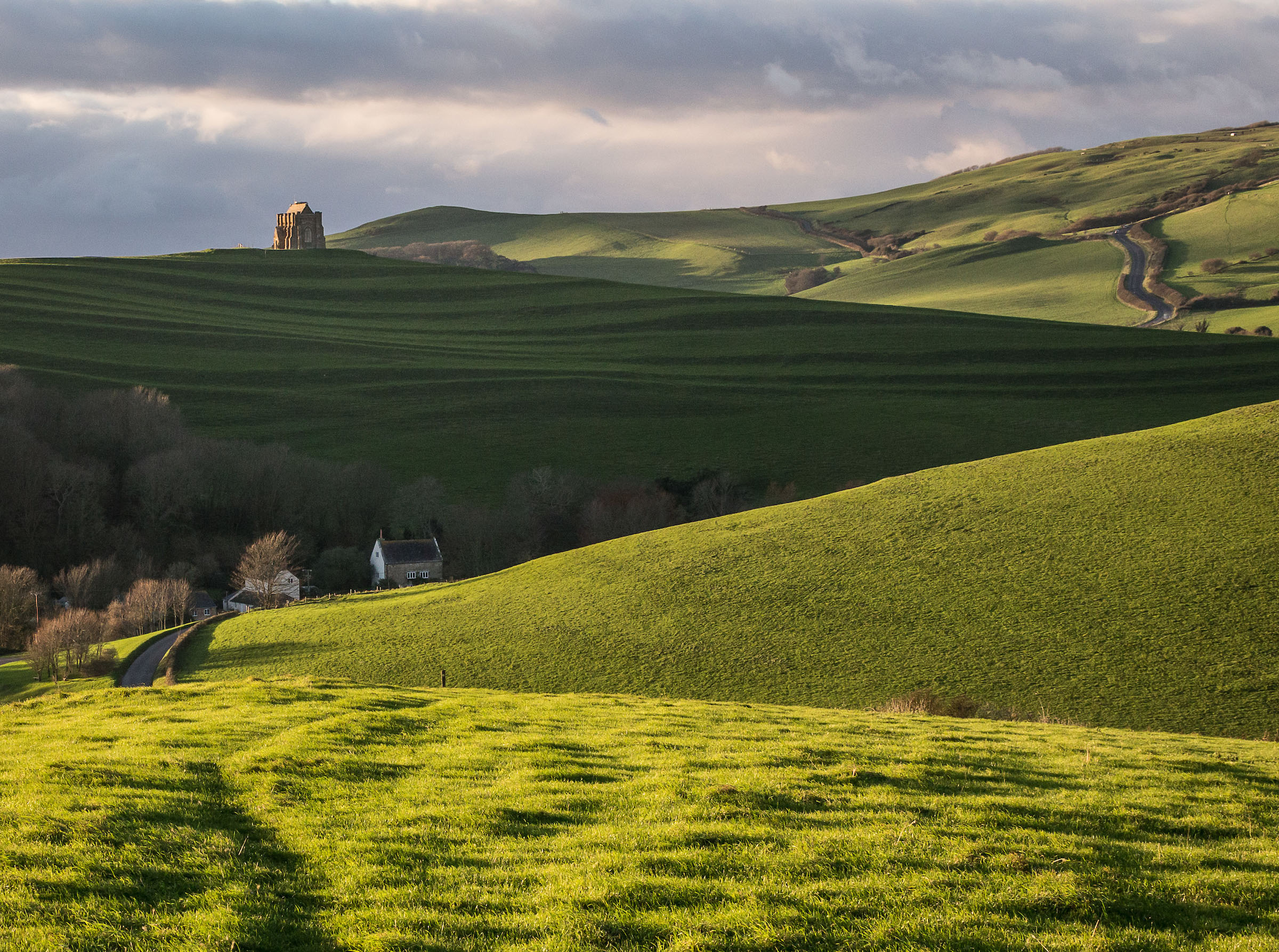 The photographer walking 7,000 miles around the coast of Britain: 'After 450 days of walking I've not been bored once'
The photographer walking 7,000 miles around the coast of Britain: 'After 450 days of walking I've not been bored once'Quintin Lake has always loved walking, ever since trekking from Lands End to John O'Groats as a teenager. But his five-year epic journey around the coast of Britain has taken his love for getting out and about to a new level — as well as his love for our beautiful island.
-
 11 hauntingly beautiful pictures of dogs in cars from one of the most unusual and touching books of the year
11 hauntingly beautiful pictures of dogs in cars from one of the most unusual and touching books of the yearA fascination with dogs and cars has prompted photographer Martin Usborne to produce a beautiful, unusual and gently haunting book.
-
 Country Life's best Instagram posts of 2019: Gorgeous interiors, stately homes and the lamb that broke the internet
Country Life's best Instagram posts of 2019: Gorgeous interiors, stately homes and the lamb that broke the internetOne of Country Life's crowning jewels is our carefully-curated Instagram feed, displaying the Best of Britain twice a day, every day.
-
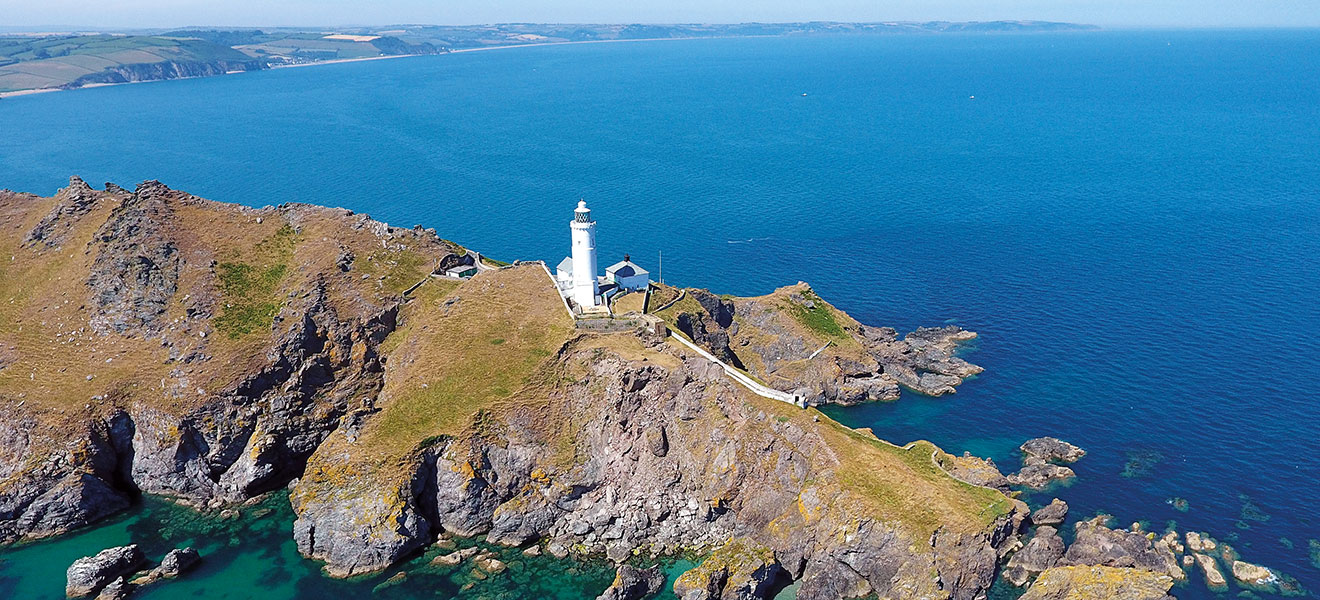 Five of Britain's most spectacular lighthouses, as captured by a beautiful new guide
Five of Britain's most spectacular lighthouses, as captured by a beautiful new guideA beautiful new book collects some wonderful images of some of Britain's lighthouses – here's a selection of our favourites.
-
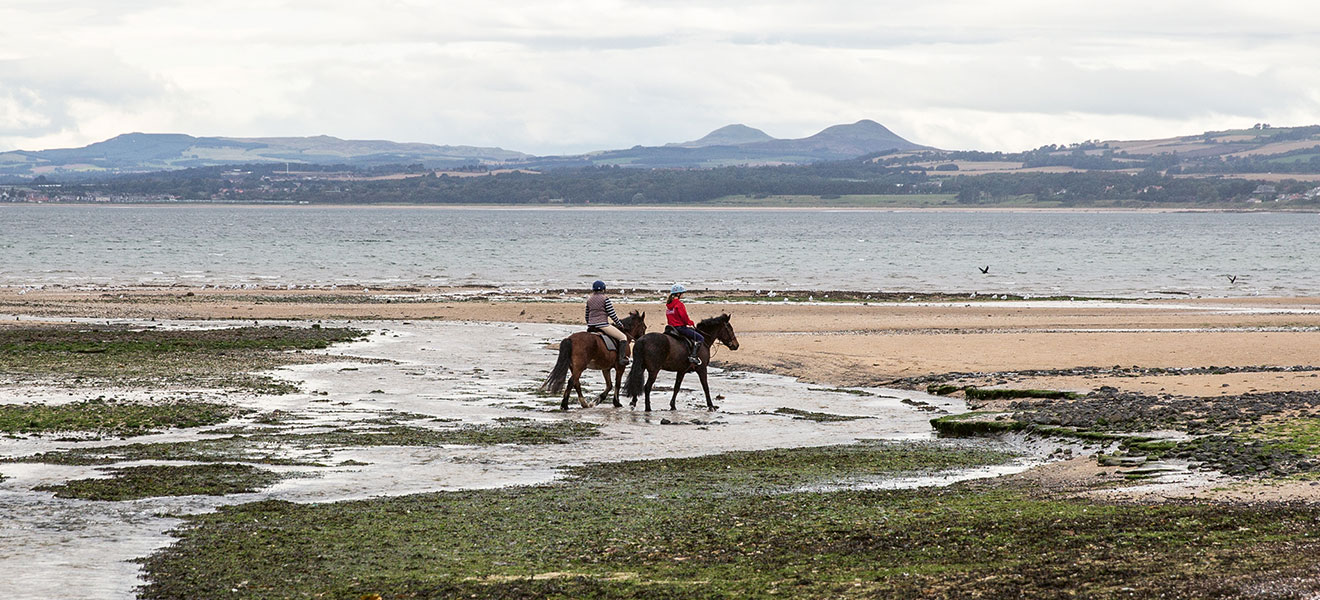 Sporting Life: 10 majestic images that give a unique perspective on the immutable bond between Man and Horse
Sporting Life: 10 majestic images that give a unique perspective on the immutable bond between Man and HorseA new book sheds a wonderful light on the unique relationship that people have with their horses.
